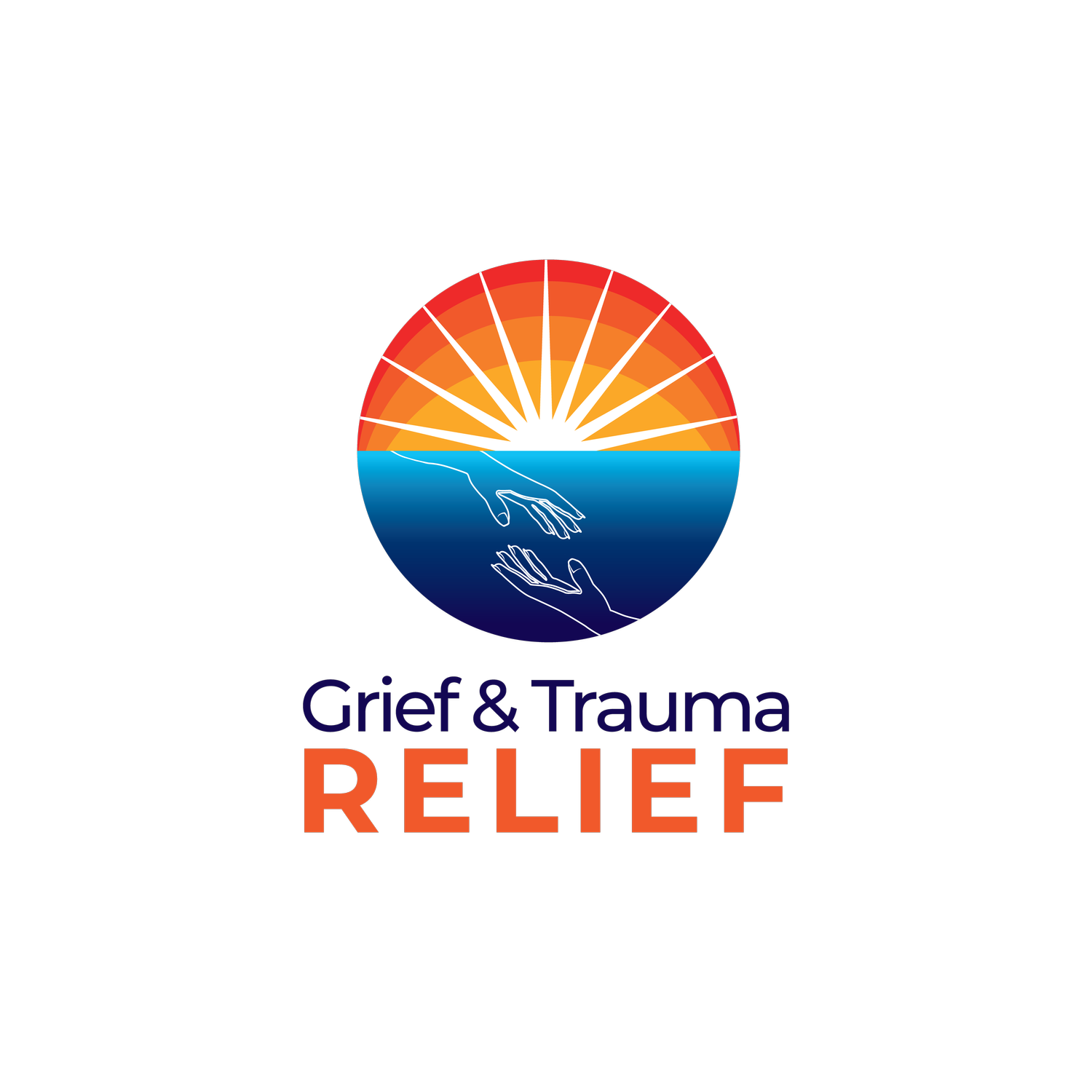How Does PTSD Cause Physical Pain?
Did you know that at any given time, around 8 million people in the U.S. are suspected to have PTSD?
Believe it or not, there are people who have PTSD and don’t know it. They walk around dealing with the symptoms, not knowing that what they are experiencing is very real – and that there is help out there. With anything in life, educating yourself is important. And, I am glad you are here.
What is PTSD?
PTSD, or Post-Traumatic Stress Disorder, occurs after an uncontrollable traumatic event in life. It is known as an anxiety disorder. When referring to childhood trauma, this experience causes instant changes to your system, leaving your body with an intense fear or feelings of danger. Initiating the fight or flight response, your body goes into protection mode in an attempt to save you from future harm.
But let’s move past all the technical tidbits and talk about some real PTSD, shall we?
In case you have not read my personal story of trauma, I experienced several instances of sexual abuse in my youth. When I was five years old, several teenage boys horrifically tied me up to rafters, then gagged, raped and heartlessly left me in a burning garage. At age 11, neighborhood kids brutally stripped me in a game they called 'Strip or Sing.' Then, when I was 13, a teenage boy chased, pinned down and raped me in the bathroom of my home when I caught him engaged in sexual acts with others. And, at 14, a high school custodial manager sexually abused me. Sadly, it didn’t end there.
Why am I sharing all of this with you?
I want you to think about my past trauma. Then, think about how I felt each time I was near a boy. Or, how about each time I was left alone near a boy. Think about the fear. The guilt. The anger.
How would you feel? How do you think you would react?
The responses that would appear throughout my life each time I found myself in particular situations are from the PTSD that resulted from this childhood trauma.
What Are The Symptoms Of PTSD?
There are various symptoms of PTSD. You may experience just one, several, or a combination of any symptoms below:
· A difficulty to relax, concentrate, sleep and keep calm – these are also known as reactivity symptoms
· A tendency to relive the trauma, through nightmares, memories and flashbacks
· Frequent mood changes that impact relationships with others, personal goals or general happiness
· Carrying avoidance symptoms, where you avoid anything to do with trauma, even doing the things you once enjoyed doing
Does PTSD Cause Physical Pain?
We can often forget the impact it causes on our entire body. It is not just a mental health condition - PTSD can very easily affect our physical health. Unfortunately, the physical pain we feel results in us seeking physical medical advice first.
Most doctors will move forward with treating your physical symptoms, rather than making an attempt to improve overall mental wellbeing. And, while the medical doctor may give you a course of treatment to help your physical symptoms, you are not getting to the root of the problem – your PTSD – and therefore the physical symptoms will likely re-occur.
If you think you may be suffering from PTSD, then it’s so important to seek out experts who can help heal your mind, as well as your body.
What Does PTSD Do To Our Physical Health?
Our overall health is made up of three sacred areas:
physical health
mental health
spiritual health
And when we suffer from difficulty in one of the three, they can have a residual effect on others. PTSD can cause anxiety, physical tension and stress, sleep problems, back pain, stomach pains, migraines, and other issues. All of these physical symptoms stem from symptoms of PTSD.
What To Do If You Think You May Have PTSD?
If you’re one of the 8 million people in the U.S – or think you might be – then it’s time to create heaven in your life and start healing. You are not alone…
I had talked to therapists, doctors, pastors, friends, family, and even self-help books. Yet I didn’t feel like anyone could understand or relate to what I had been through and how that trauma was affecting my life.
Does this sound familiar to you? If you’ve tried one therapy or practice and it’s not worked, then I have some good news for you. There’s no one route to recovery, but there is a way to overcoming trauma.
Find your way today in a free Healing Discovery Call. Your time is now.
© 2019 Janine Naus
